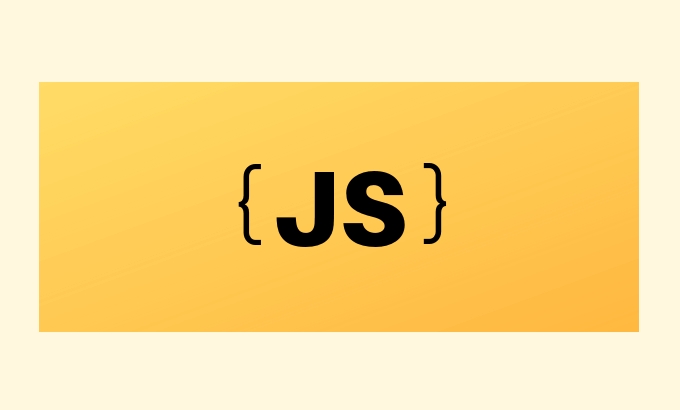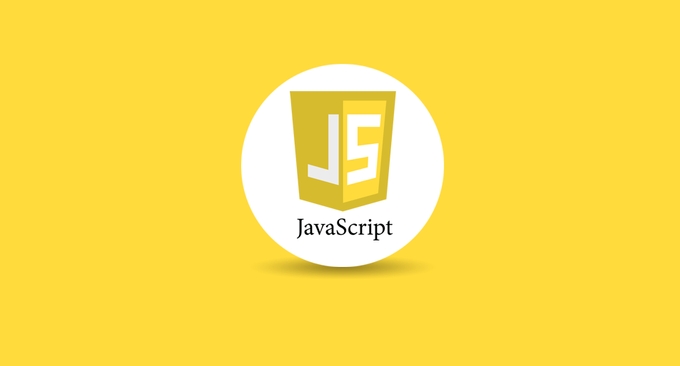How to Effectively Use Async/Await with Promises in JavaScript
Jul 06, 2025 am 01:04 AM
If you have been writing JavaScript code for a while, you must be familiar with asynchronous programming. Promise is the core of modern JS asynchronous processing, while async/await is just the syntax sugar of Promise, which makes the asynchronous code look more like synchronous code, improving readability and maintenance. However, many people do not fully understand its relationship with Promise when using async/await, which leads to some common mistakes or misunderstandings.

Let’s take a look at a few key points to help you better understand and use async/await and promises to work together.

The Async function automatically returns a promise
When you define an async function, JavaScript will automatically wrap its return value into a promise. This is very important because it determines how you handle the result of this function.
for example:

async function getData() {
return 'hello';
}The above function is actually equivalent to:
function getData() {
return Promise.resolve('hello');
} So if you throw an error from the async function, it will also become a rejected Promise:
async function getError() {
throw new Error('something went wrong');
} This means that when you call the async function, you must use .then() or await to get the result , or use try/catch to catch the error.
Await must appear inside the Async function
This is a mistake that many newbies are prone to make: directly use await in global scope or ordinary functions, and the result is an error.
// An error occurred! const data = await fetchData();
await can only be used in async functions. If you want to use await in top-level scope (such as in modules), it depends on whether the environment supports top-level await (supported from ES2022), otherwise you can only handle it through .then() and .catch() .
Multiple asynchronous tasks can be executed in parallel
While await makes the code seem to be executed sequentially, if you have several asynchronous operations that are not dependent on each other, you can execute them in parallel instead of one after another.
For example:
async function fetchBoth() {
const a = await fetchA(); // Wait for the first to complete const b = await fetchB(); // Wait for the second} This code is serial and inefficient. We can change it to parallel through Promise.all() :
async function fetchBoth() {
const [a, b] = await Promise.all([fetchA(), fetchB()]);
}In this way, the two requests will be initiated at the same time, waiting for the slowest one to end.
Notes:
- If one of them fails, the entire
Promise.all()will reject immediately.- If you want to continue execution even if there is a failure, you can use
Promise.allSettled().
Error handling cannot be ignored
When using async/await , the easiest thing to ignore is error handling. You can use try/catch to wrap the await expression to catch exceptions:
async function loadData() {
try {
const data = await fetchData();
console.log(data);
} catch (error) {
console.error('Failed to load data:', error);
}
}But sometimes you will see this writing:
const data = await fetchData().catch(err => {
console.error(err);
}); Although this can also handle errors, it will make the logic scattered. If there are subsequent operations that rely on data , additional judgments may be required to determine whether data exists.
Therefore, it is recommended to use the try/catch structure first to clearly express the paths of success and failure.
Basically that's it. Async/Await does simplify the use of Promise, but to really use it well, you still need to understand the working mechanism behind it. After mastering these details, you will find that writing asynchronous code has become more intuitive and controllable.
The above is the detailed content of How to Effectively Use Async/Await with Promises in JavaScript. For more information, please follow other related articles on the PHP Chinese website!

Hot AI Tools

Undress AI Tool
Undress images for free

Undresser.AI Undress
AI-powered app for creating realistic nude photos

AI Clothes Remover
Online AI tool for removing clothes from photos.

Clothoff.io
AI clothes remover

Video Face Swap
Swap faces in any video effortlessly with our completely free AI face swap tool!

Hot Article

Hot Tools

Notepad++7.3.1
Easy-to-use and free code editor

SublimeText3 Chinese version
Chinese version, very easy to use

Zend Studio 13.0.1
Powerful PHP integrated development environment

Dreamweaver CS6
Visual web development tools

SublimeText3 Mac version
God-level code editing software (SublimeText3)

Hot Topics
 Java vs. JavaScript: Clearing Up the Confusion
Jun 20, 2025 am 12:27 AM
Java vs. JavaScript: Clearing Up the Confusion
Jun 20, 2025 am 12:27 AM
Java and JavaScript are different programming languages, each suitable for different application scenarios. Java is used for large enterprise and mobile application development, while JavaScript is mainly used for web page development.
 Javascript Comments: short explanation
Jun 19, 2025 am 12:40 AM
Javascript Comments: short explanation
Jun 19, 2025 am 12:40 AM
JavaScriptcommentsareessentialformaintaining,reading,andguidingcodeexecution.1)Single-linecommentsareusedforquickexplanations.2)Multi-linecommentsexplaincomplexlogicorprovidedetaileddocumentation.3)Inlinecommentsclarifyspecificpartsofcode.Bestpractic
 How to work with dates and times in js?
Jul 01, 2025 am 01:27 AM
How to work with dates and times in js?
Jul 01, 2025 am 01:27 AM
The following points should be noted when processing dates and time in JavaScript: 1. There are many ways to create Date objects. It is recommended to use ISO format strings to ensure compatibility; 2. Get and set time information can be obtained and set methods, and note that the month starts from 0; 3. Manually formatting dates requires strings, and third-party libraries can also be used; 4. It is recommended to use libraries that support time zones, such as Luxon. Mastering these key points can effectively avoid common mistakes.
 Why should you place tags at the bottom of the ?
Jul 02, 2025 am 01:22 AM
Why should you place tags at the bottom of the ?
Jul 02, 2025 am 01:22 AM
PlacingtagsatthebottomofablogpostorwebpageservespracticalpurposesforSEO,userexperience,anddesign.1.IthelpswithSEObyallowingsearchenginestoaccesskeyword-relevanttagswithoutclutteringthemaincontent.2.Itimprovesuserexperiencebykeepingthefocusonthearticl
 JavaScript vs. Java: A Comprehensive Comparison for Developers
Jun 20, 2025 am 12:21 AM
JavaScript vs. Java: A Comprehensive Comparison for Developers
Jun 20, 2025 am 12:21 AM
JavaScriptispreferredforwebdevelopment,whileJavaisbetterforlarge-scalebackendsystemsandAndroidapps.1)JavaScriptexcelsincreatinginteractivewebexperienceswithitsdynamicnatureandDOMmanipulation.2)Javaoffersstrongtypingandobject-orientedfeatures,idealfor
 JavaScript: Exploring Data Types for Efficient Coding
Jun 20, 2025 am 12:46 AM
JavaScript: Exploring Data Types for Efficient Coding
Jun 20, 2025 am 12:46 AM
JavaScripthassevenfundamentaldatatypes:number,string,boolean,undefined,null,object,andsymbol.1)Numbersuseadouble-precisionformat,usefulforwidevaluerangesbutbecautiouswithfloating-pointarithmetic.2)Stringsareimmutable,useefficientconcatenationmethodsf
 What is event bubbling and capturing in the DOM?
Jul 02, 2025 am 01:19 AM
What is event bubbling and capturing in the DOM?
Jul 02, 2025 am 01:19 AM
Event capture and bubble are two stages of event propagation in DOM. Capture is from the top layer to the target element, and bubble is from the target element to the top layer. 1. Event capture is implemented by setting the useCapture parameter of addEventListener to true; 2. Event bubble is the default behavior, useCapture is set to false or omitted; 3. Event propagation can be used to prevent event propagation; 4. Event bubbling supports event delegation to improve dynamic content processing efficiency; 5. Capture can be used to intercept events in advance, such as logging or error processing. Understanding these two phases helps to accurately control the timing and how JavaScript responds to user operations.
 What's the Difference Between Java and JavaScript?
Jun 17, 2025 am 09:17 AM
What's the Difference Between Java and JavaScript?
Jun 17, 2025 am 09:17 AM
Java and JavaScript are different programming languages. 1.Java is a statically typed and compiled language, suitable for enterprise applications and large systems. 2. JavaScript is a dynamic type and interpreted language, mainly used for web interaction and front-end development.






